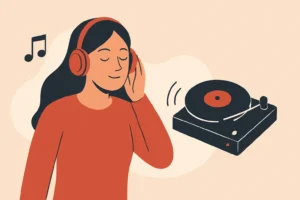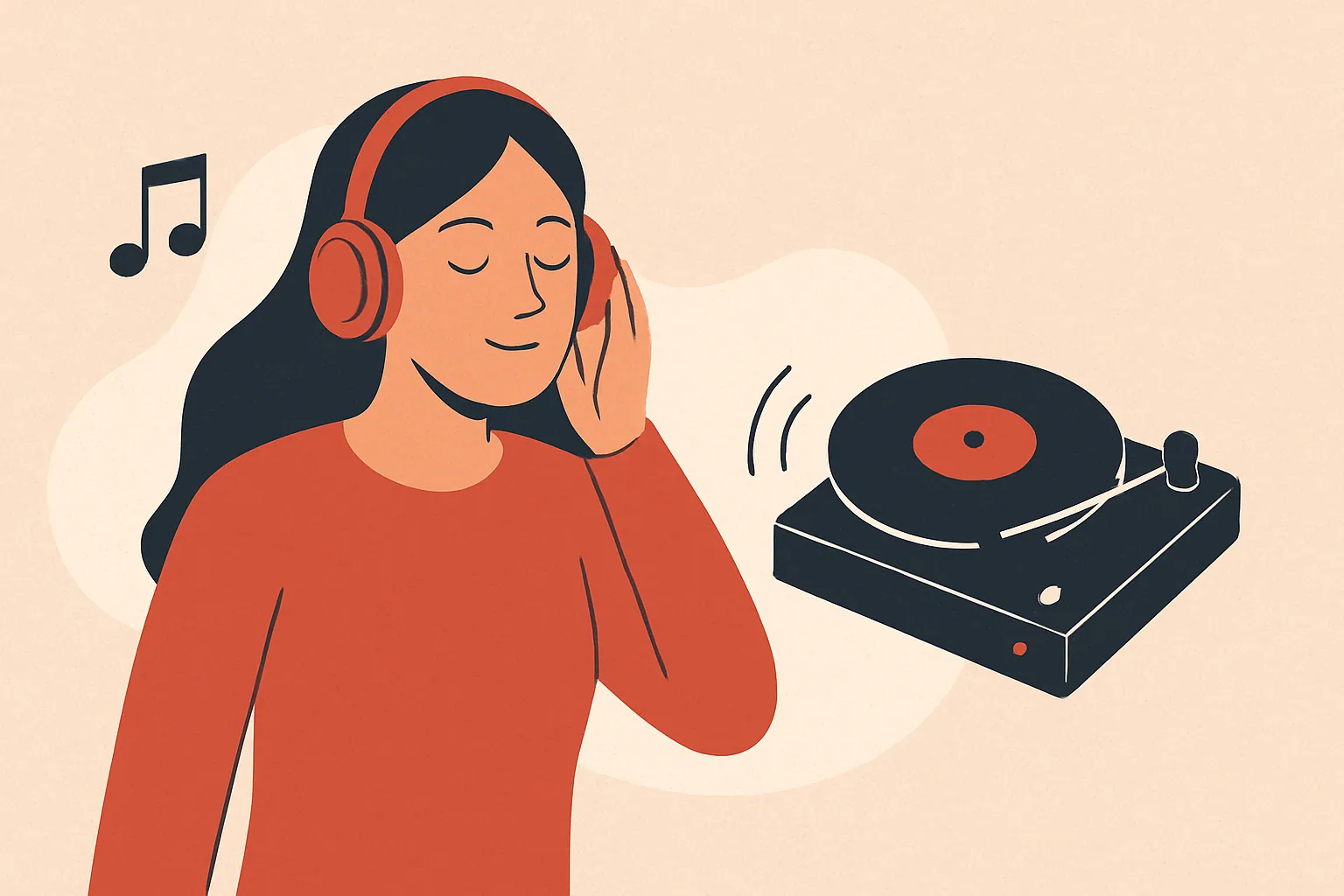Music isn’t just about the notes—it’s about the tempo, mood, and emotion that guide how a piece should be performed. One term that often confuses beginners is “slowly in music.” But what does it really mean, and why is it important?
What Does Slowly in Music Mean?
When musicians see the word “slowly” in a piece, it usually refers to the tempo—the speed at which the music should be played. In formal music notation, instead of “slowly,” Italian terms are often used, such as:
- Adagio – slow and graceful
- Largo – very slow and broad
- Andante – walking pace, moderately slow
These terms give performers a better sense of how the piece should feel rather than just how many beats per minute (BPM) to play.
Why Is “Slowly” Important in Music?

Playing music slowly can completely change its emotion and impact. For example:
- A slow tempo in classical music creates calmness and reflection.
- In jazz or blues, slowing down highlights the soulful expression of the instruments.
- In modern genres like lo-fi or chillhop, slower beats set a relaxing, study-friendly atmosphere.
Slowness allows listeners to absorb every note and feel the depth of the performance.
Examples of Songs Played Slowly
Some famous pieces that embody the “slowly” direction include:
- Beethoven’s “Moonlight Sonata” (1st movement) – calm and haunting.
- Samuel Barber’s “Adagio for Strings” – deeply emotional and slow.
- Modern lo-fi and ambient tracks – where the slowness enhances relaxation and focus.
How to Practice Music Slowly
For students and musicians, practicing slowly is one of the best techniques to master accuracy and timing. By slowing down:
- You gain better control over your instrument.
- Mistakes are easier to spot and fix.
- Eventually, you can speed up with confidence.
Final Thoughts
“Slowly in music” is more than just a tempo marking—it’s a way to create emotion, space, and meaning in sound. Whether you’re listening to classical masterpieces, jazz ballads, or modern lo-fi beats, the slow pace invites us to connect deeply with music.
So next time you see “slowly” on a sheet of music, remember—it’s not just about speed, it’s about feeling every note.
Dicover more – Parisian Form of Algerian Music: The Rise of Raï and Beyond
Disclaimer: The information provided on this site is for general informational purposes only. All content is provided in good faith; however, we make no representations or warranties as to the accuracy or completeness of any information.
